13 Vintage Office Supplies No One Knows How to Use Anymore
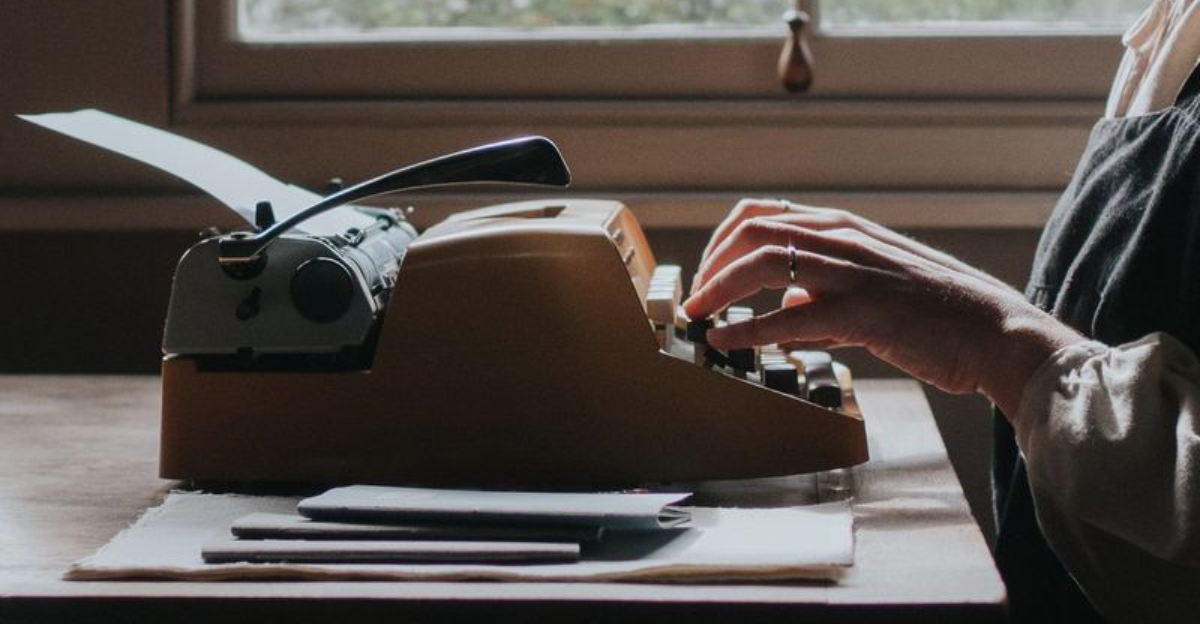
Before sleek laptops, wireless printers, and cloud storage, office workers relied on an arsenal of mechanical and often confusing gadgets to get things done. These tools were both genius and frustrating.
Today, these vintage office supplies are mysterious relics, collecting dust in supply closets. Here are 13 office artifacts that would leave modern workers scratching their heads.
1. Mimeograph Machine
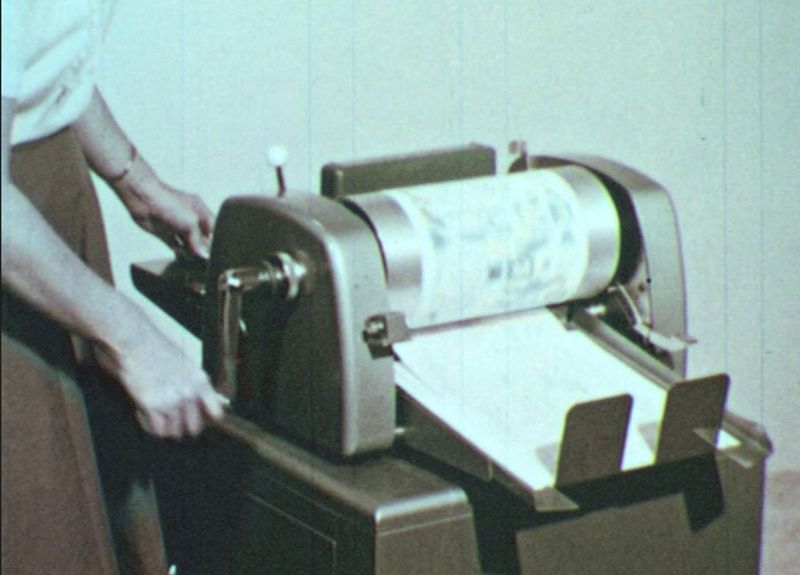
Before photocopiers, the mimeograph machine was key for mass document production. You’d create a stencil, attach it to a drum, and manually crank out copies, inhaling ink fumes.
Though faster than handwriting, it was messy as ink-stained hands were common. Users often found their shirts bearing ink marks, too.
The mimeograph became obsolete with the invention of the cleaner, faster photocopier, rendering this messy, labor-intensive machine to the annals of office history, where it remains a testament to the ingenuity and messiness of the pre-digital age.
2. Typewriter Correction Tape
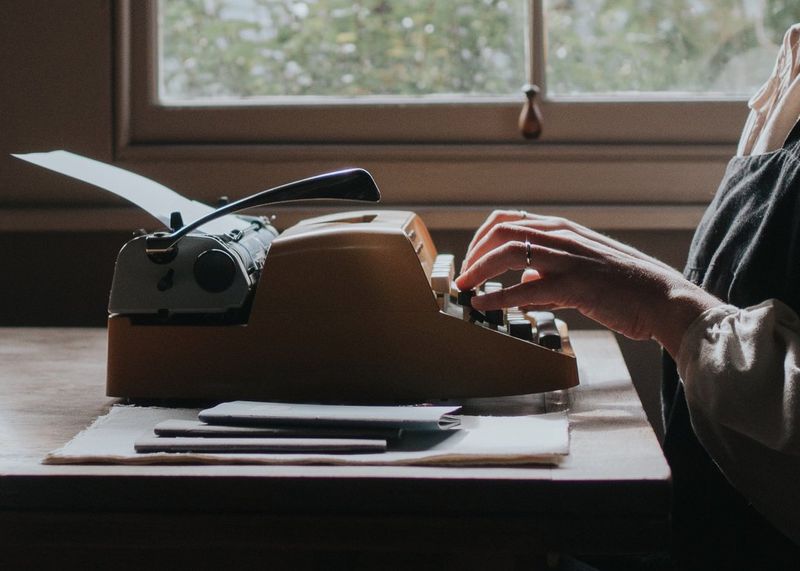
Typed letters were permanent—unless you had correction tape. Unlike modern spell checks, this required precision and patience. Place the tape over the error, retype the letter, and hope for the best.
If you messed up again, it was a start-over scenario. With computers offering backspace keys, correction tapes faded into oblivion.
The quirks of manual correction add a touch of nostalgia to those who remember the frustration of perfect alignment, making today’s effortless editing feel like a luxury from the future.
3. Rolodex
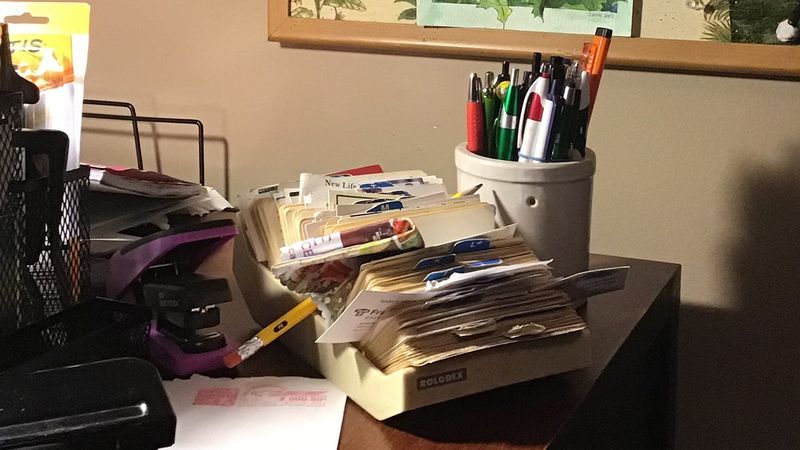
Before digital contact lists, names and numbers lived in a Rolodex. Business folks flipped through index cards like selecting a record to play. Lose a card? You might never reach Bob from accounting again. As smartphones and computers took over, the Rolodex became a quaint memory.
Its tactile nature and charming clunkiness are now a throwback to an era when organization meant more than scrolling or clicking, offering a nostalgic glance at the pre-digital age’s approach to networking.
4. Dictation Machines

Early voice recording wasn’t as simple as pressing your phone. Executives used bulky, tape-based dictation machines to capture memos, which were transcribed by secretaries. If the tape tangled, it meant an afternoon wasted. As digital recorders emerged, these machines became obsolete.
Despite their cumbersome nature, they’re remembered fondly for their role in streamlining communication.
5. Carbon Paper
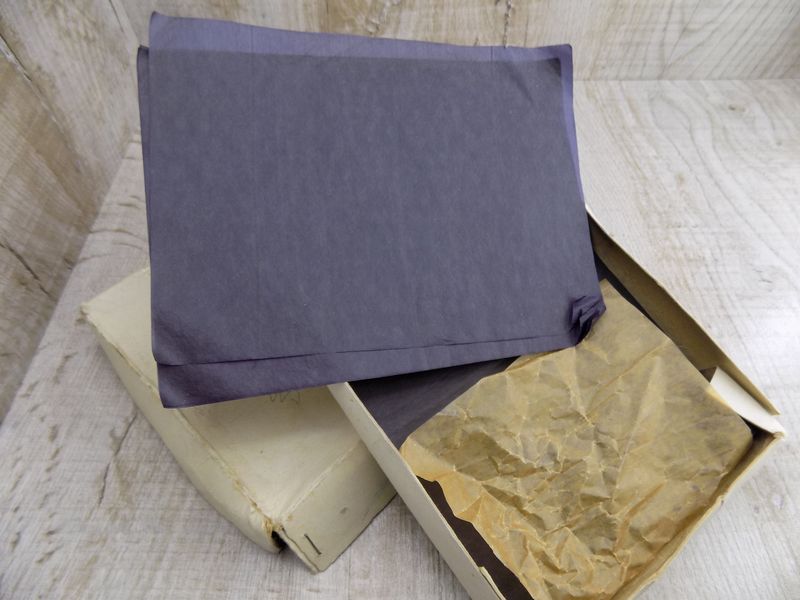
For duplicates before copy machines, carbon paper was king. Place it between sheets, press hard, and hope the copy was legible. Mess up, and there was no undo button. Ink-stained hands and smudges were common. With digital advancements, carbon paper faded away.
Its tedious process now seems both charming and frustratingly inefficient. Modern solutions have rendered it a relic, yet it’s cherished for the nostalgia it brings.
6. Key Punch
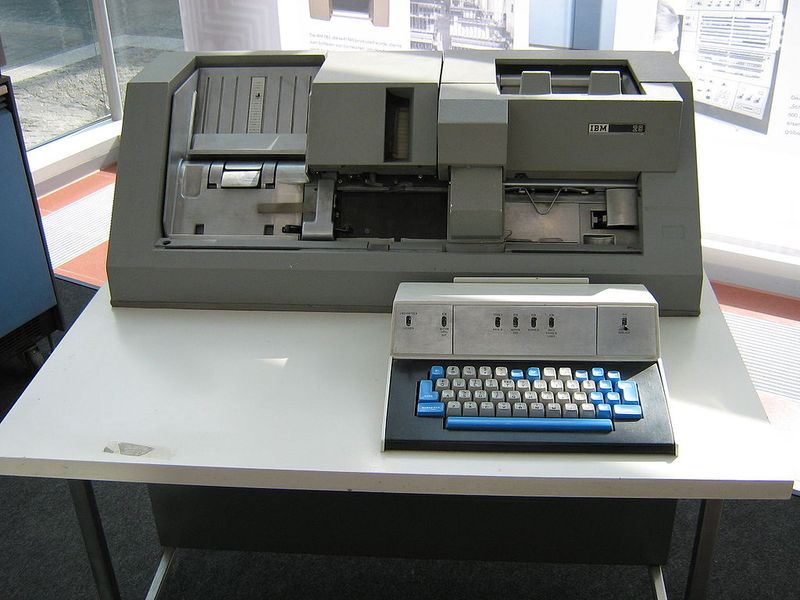
These machines punched holes in cards for early computers. Programmers had to feed cards carefully—one mistake, and the batch was useless. Debugging meant sorting through card stacks. With the rise of electronic data processing, keypunch machines became obsolete.
However, their mechanical precision and labor-intensive operation evoke an era when computing was tactile and tangible, offering a glimpse into the early, hands-on days of computer programming, where the hum of machinery was part of the daily routine.
7. Multiline Rotary Phones

Switching calls wasn’t as simple as a screen click. Workers juggled multiline rotary phones, dealing with hold buttons, flashing lights, and a dial that took ages to spin. Hanging up on someone accidentally was a daily struggle.
As touch-tone phones and later digital systems emerged, these phones became historical curiosities. Their complex operation now seems endearing, adding a nostalgic charm to stories of office communication, where multitasking meant a dance with wires and dials.
8. Addressograph Machine
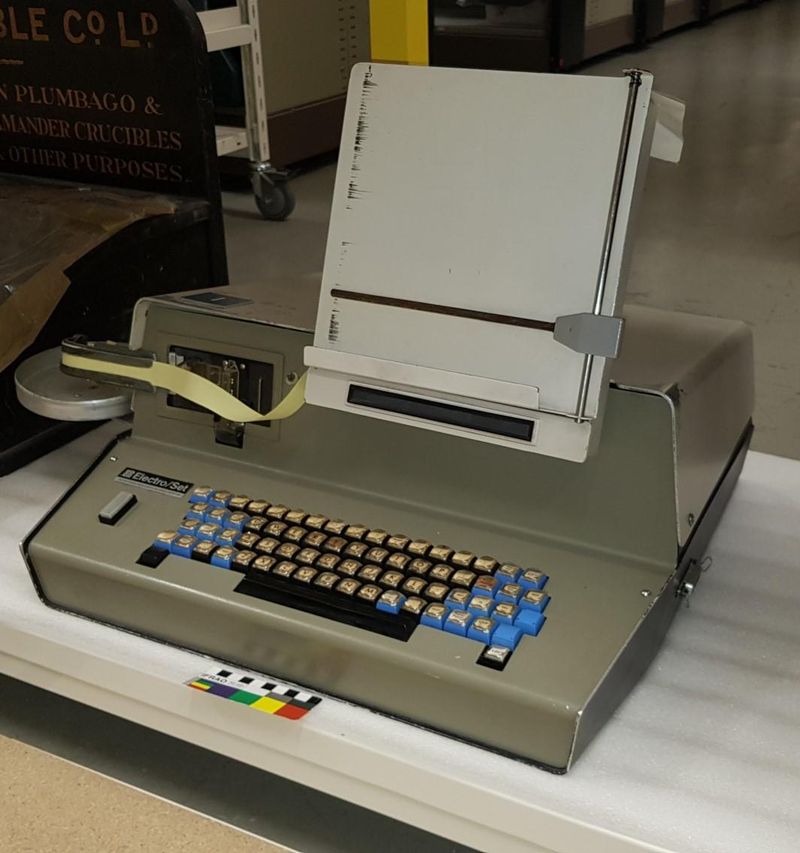
This machine stamped addresses onto envelopes using metal plates. Updating involved re-engraving a plate. It was the epitome of office automation at the time. With digital printing taking over, it became obsolete.
This mechanical marvel is now a testament to early automation efforts, showcasing the blend of craftsmanship and technology that defined past office practices, where precision engraving was part of daily clerical tasks and efficiency was sought with a hammer and chisel.
9. Manual Check Writer
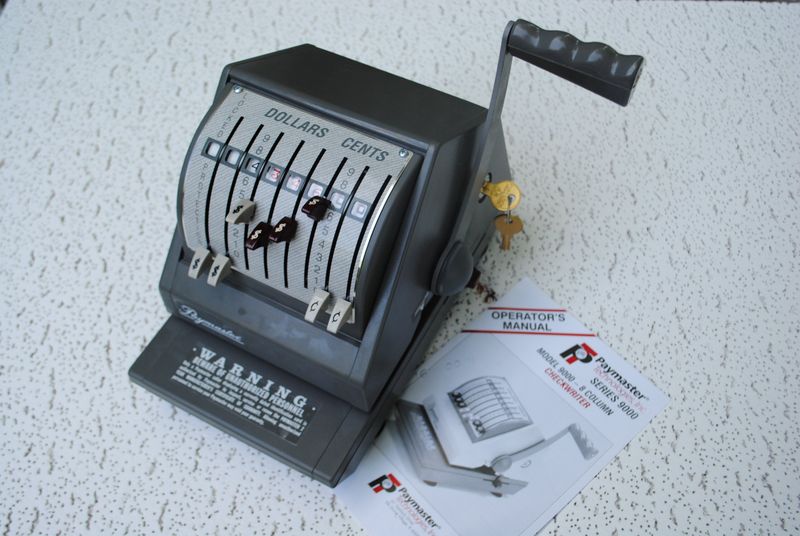
For secure checks, the manual check writer embossed payment details onto paper. It looked more medieval than office-like, yet prevented fraud. As digital banking emerged, these devices vanished. Their unique blend of security and antiquity now feels like a quirky nod to past financial practices.
They serve as a reminder of the lengths offices went to ensure security in transactions, blending tactile craftsmanship with financial caution in a way that modern digital protections rarely replicate.
10. Paper Spike

Before digital filing, receipts or notes were impaled on a paper spike. This metal rod stored loose papers until it became too full, toppling everything over. Also, a hazard for clumsy workers. As digital solutions emerged, paper spikes became obsolete.
They now stand as symbols of simpler, though messier, times when filing was a physical task.
11. Stenograph
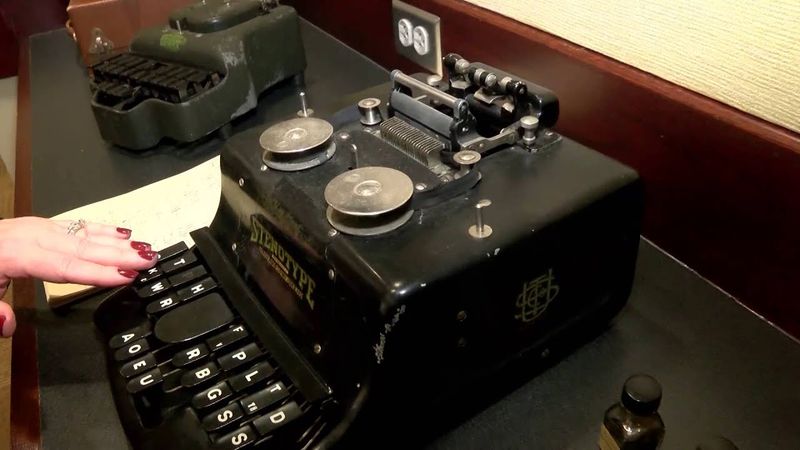
Court reporters and secretaries used stenograph to take shorthand notes at speed. Special chorded keystrokes produced words or phrases instantly. Untrained eyes saw gibberish. With digital recording, these machines became obsolete.
Yet, their unique operation showcases a time when speed and accuracy in transcription were achieved through manual dexterity and specialized training, offering a glimpse into the high-pressure environments where they were indispensable.
12. Desktop Letter Scale
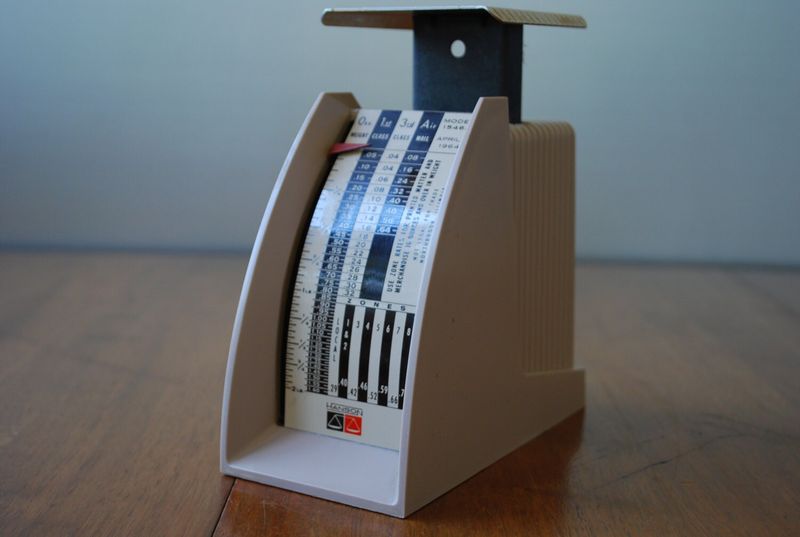
Without email, mail required precise postage. Offices relied on desktop letter scales for correspondence. Wrong postage meant returned letters, delaying deals. As digital communication took over, these scales became obsolete.
Their function may seem quaint today, but they remind us of an era when sending a message required more than just clicking send, involving careful measurement and manual intervention in the art of correspondence.
13. Floppy Disk Storage Box
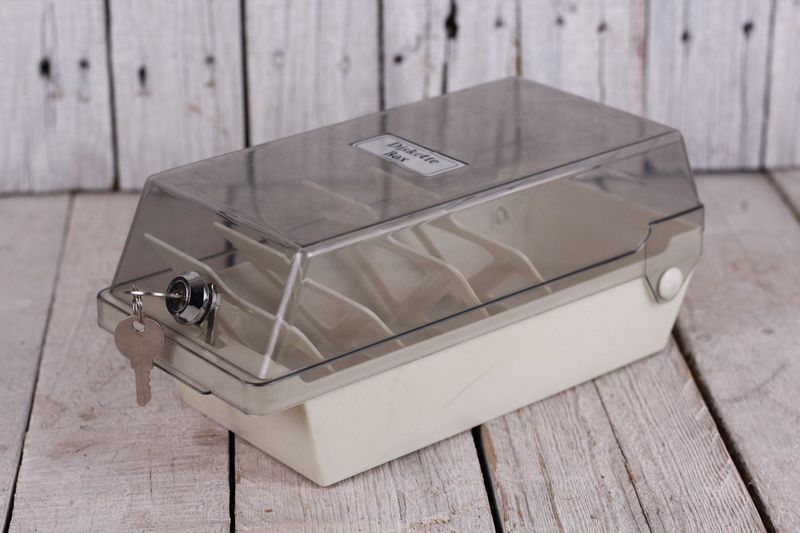
Before USB drives or cloud storage, businesses stored floppy disks in labeled boxes. Finding a specific file meant rifling through disks and hoping they were labeled correctly. As digital storage evolved, these boxes became relics.
Their clunky nature and limited capacity now seem almost charming, highlighting the early days of digital data management, when storage was a physical act and organization required meticulous labeling.
